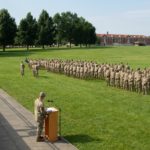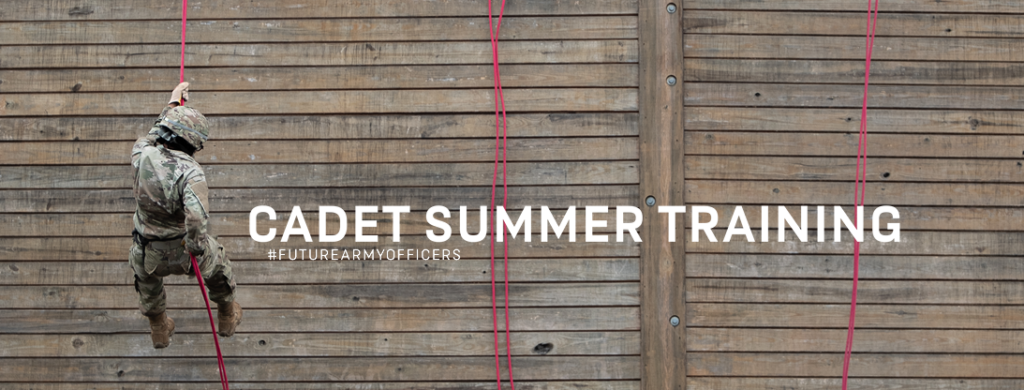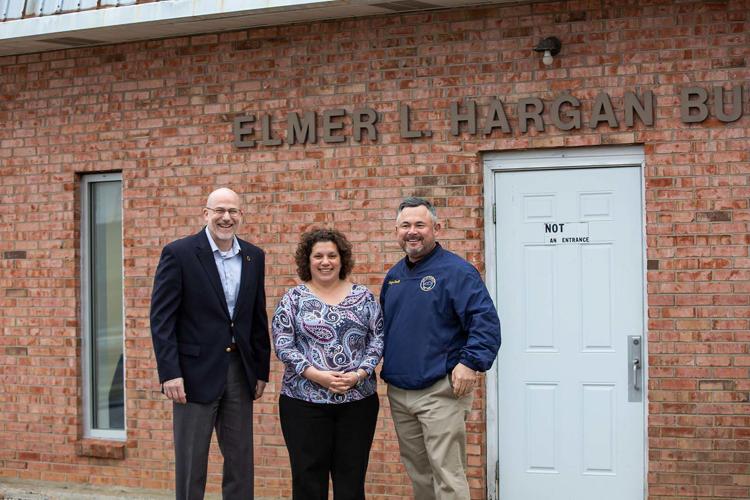It has been a busy start to 2024 as we continue our work to promote and protect Fort Knox while also completing the search for KRDA’s next leader. We know that Lance O’Bryan will make a terrific CEO. His understanding of Fort Knox is second to none and his strong relationships at the local, state, and federal level make him the ideal person to further the mission of KRDA. We look forward to him joining the team in September and taking the reins in November.
Meanwhile, your KRDA team has been hard at work, including a recent visit to Washington D.C. for the Association of Defense Communities National Summit where we were asked to co-chair the Army Communities Town Hall. We consider this opportunity a testament to KRDA’s growing credibility and always look to leverage these opportunities to tell the story of Fort Knox and the surrounding region.
Our thanks to the Kentucky Congressional Delegation for making time for KRDA while we were in D.C. and letting us share our outlook on how they can best lend support to Fort Knox.
We’ll close this newsletter with our resounding excitement for the opening of the Digital Air Ground Integration Range (DAGIR) next month. It is great to see Fort Knox’s strategic value continue to grow. We relish the sounds of freedom the DAGIR will bring because we know it has a direct connection to our military’s readiness, our national defense, and Fort Knox’s future.
Warm Regards,
Marilyn and Jim
WesBanco Bank
KRDA Board Chairman
Jim Iacocca
Brig. Gen. (Ret)
Knox Regional Development Alliance



 RADCLIFF, Ky. – Radcliff officials announced recently that the Knox Regional Development Alliance (KRDA) will be the new tenant of the iconic Elmer L. Hargan Building on North Wilson Road. Beginning in May, the building will serve as the physical location for the community-based non-profit that works to promote and protect Fort Knox and grow defense-related business in the region.
RADCLIFF, Ky. – Radcliff officials announced recently that the Knox Regional Development Alliance (KRDA) will be the new tenant of the iconic Elmer L. Hargan Building on North Wilson Road. Beginning in May, the building will serve as the physical location for the community-based non-profit that works to promote and protect Fort Knox and grow defense-related business in the region.
 RADCLIFF, Ky. – Local defense contractor North South Consulting Group (NSCG) announced today plans to build a new Radcliff location amid workforce expansions. This announcement comes as the contractor’s workforce triples in size in support of nearly every major command on Fort Knox. With more than 300 employees and nearly $10 million in annual payroll, the diverse professional services firm’s new location will support its expanded operations.
RADCLIFF, Ky. – Local defense contractor North South Consulting Group (NSCG) announced today plans to build a new Radcliff location amid workforce expansions. This announcement comes as the contractor’s workforce triples in size in support of nearly every major command on Fort Knox. With more than 300 employees and nearly $10 million in annual payroll, the diverse professional services firm’s new location will support its expanded operations.
